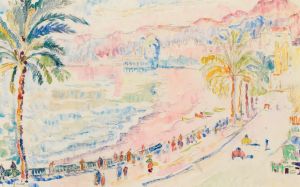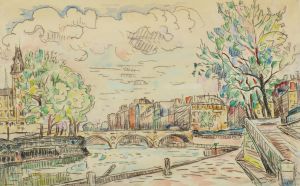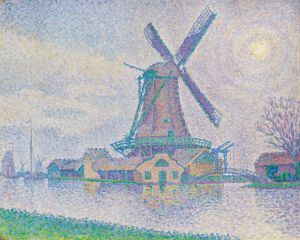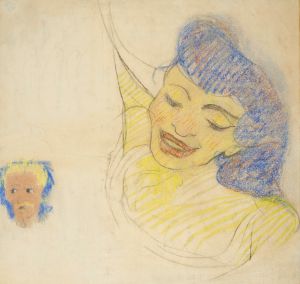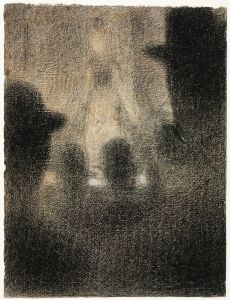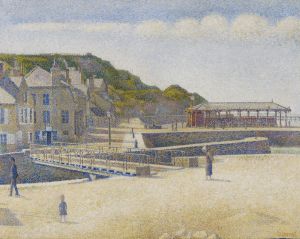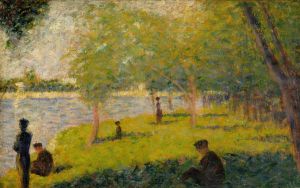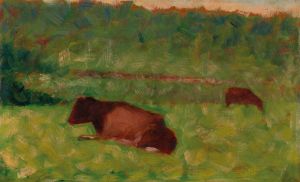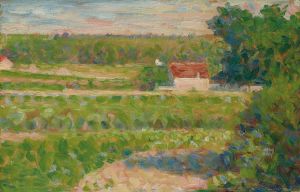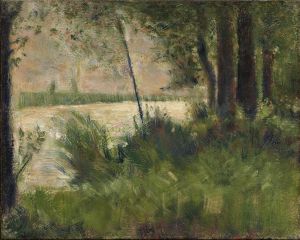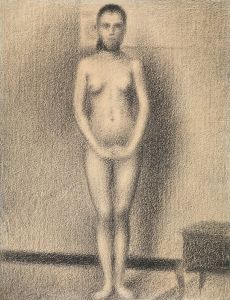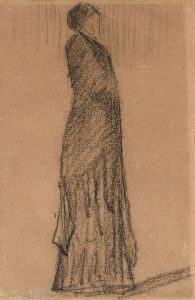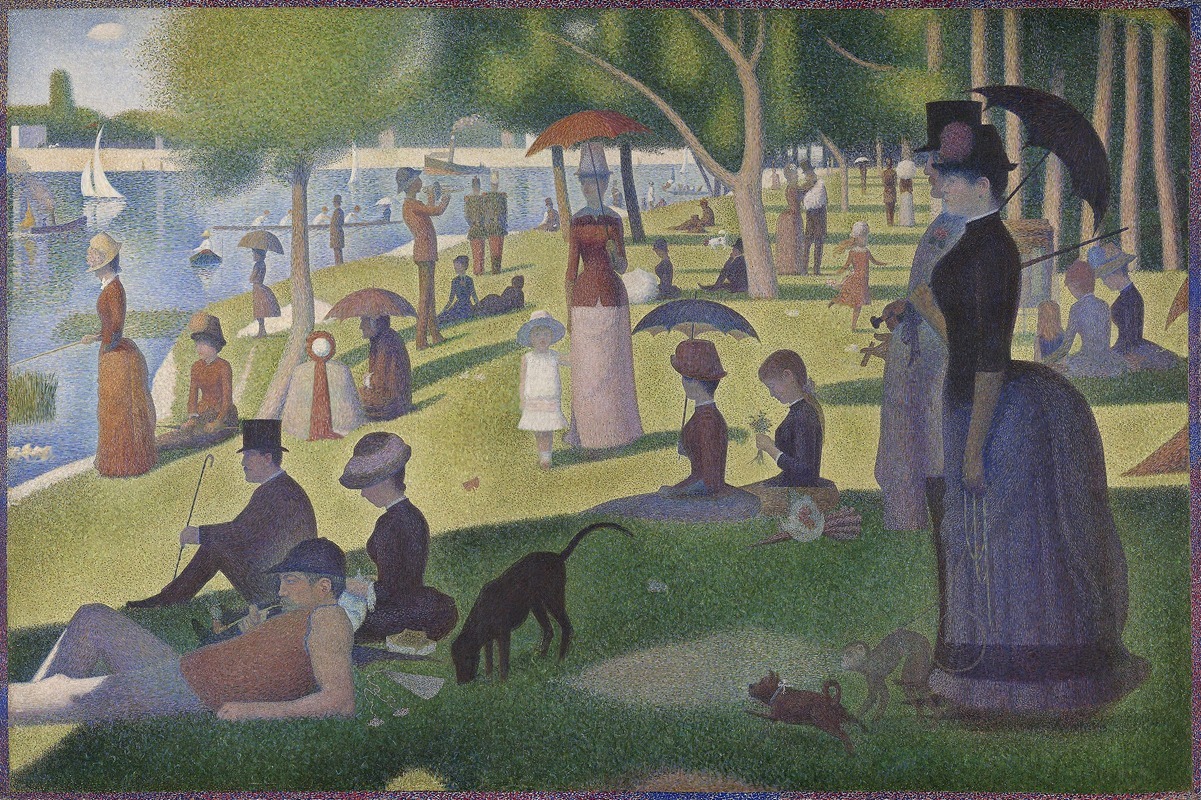
A Sunday on La Grande Jatte
A hand-painted replica of Georges Seurat’s masterpiece A Sunday on La Grande Jatte, meticulously crafted by professional artists to capture the true essence of the original. Each piece is created with museum-quality canvas and rare mineral pigments, carefully painted by experienced artists with delicate brushstrokes and rich, layered colors to perfectly recreate the texture of the original artwork. Unlike machine-printed reproductions, this hand-painted version brings the painting to life, infused with the artist’s emotions and skill in every stroke. Whether for personal collection or home decoration, it instantly elevates the artistic atmosphere of any space.
A Sunday on La Grande Jatte is a renowned painting by the French artist Georges Seurat, completed in 1884–1886. This large-scale work, measuring approximately 207.6 cm × 308 cm (81.7 in × 121.25 in), is considered one of the most iconic examples of the Pointillist technique, a painting method developed by Seurat and his contemporaries. The painting is currently housed in the Art Institute of Chicago.
The artwork depicts a serene scene of people relaxing on the banks of the River Seine on the Île de la Grande Jatte, a small island located near Paris. The composition features a diverse group of individuals, including men, women, and children, engaged in leisurely activities such as strolling, fishing, and sitting under the shade of trees. The figures are arranged in a highly structured and balanced manner, reflecting Seurat's interest in order and harmony.
Seurat employed the technique of Pointillism, also known as Divisionism, to create this masterpiece. This method involves applying small, distinct dots of color to the canvas, which blend optically when viewed from a distance. By using this innovative approach, Seurat sought to explore the scientific principles of color and light, drawing inspiration from the theories of Michel Eugène Chevreul and Ogden Rood. The result is a vibrant and luminous composition that captures the interplay of light and shadow.
The painting underwent several stages of development, with Seurat creating numerous preparatory sketches and studies to refine the composition and details. He meticulously planned the placement of each figure and object, ensuring a sense of balance and rhythm throughout the scene. The artist also made adjustments to the painting after its initial completion, adding a border of painted dots to enhance the overall effect.
When first exhibited at the eighth and final Impressionist exhibition in 1886, A Sunday on La Grande Jatte received mixed reactions. While some critics praised its innovative technique and meticulous execution, others found the rigid and formal style at odds with the spontaneity of Impressionism. Over time, however, the painting gained recognition as a groundbreaking work that marked a departure from traditional approaches to art.
Today, A Sunday on La Grande Jatte is celebrated as a masterpiece of 19th-century art and a pivotal work in the development of modern painting. Its influence can be seen in the works of later artists and movements, and it remains a subject of study and admiration for its technical brilliance and artistic vision.





